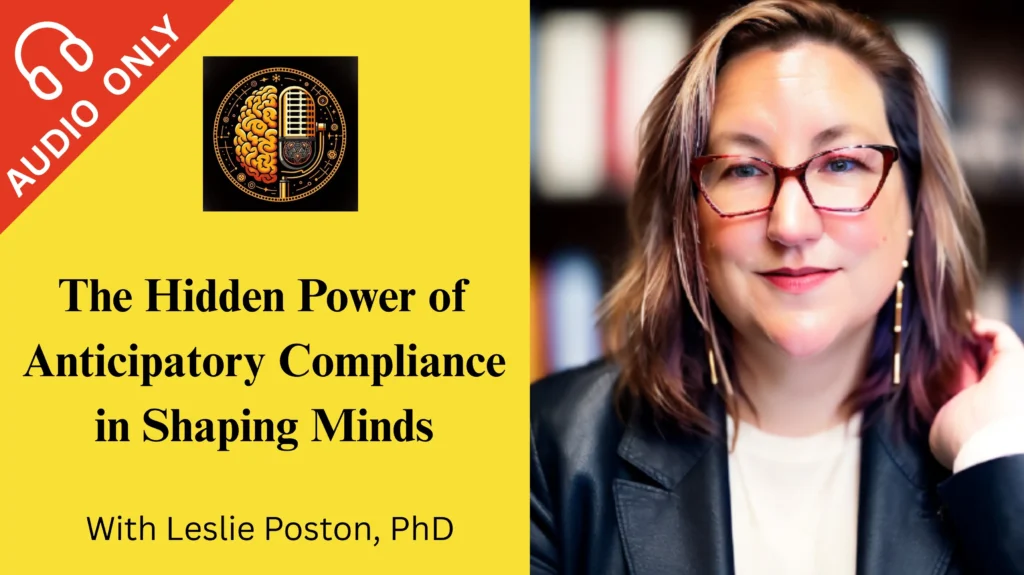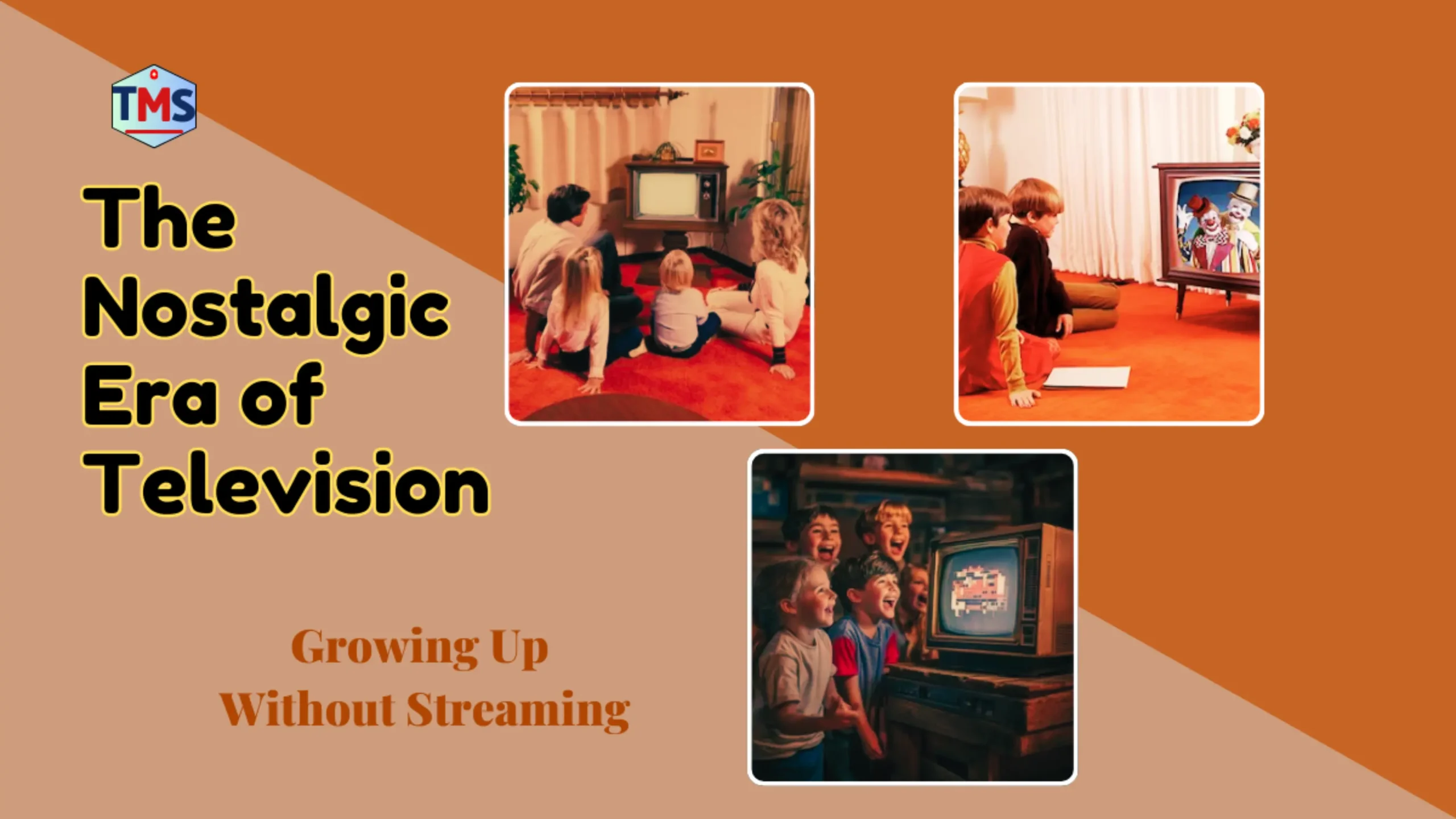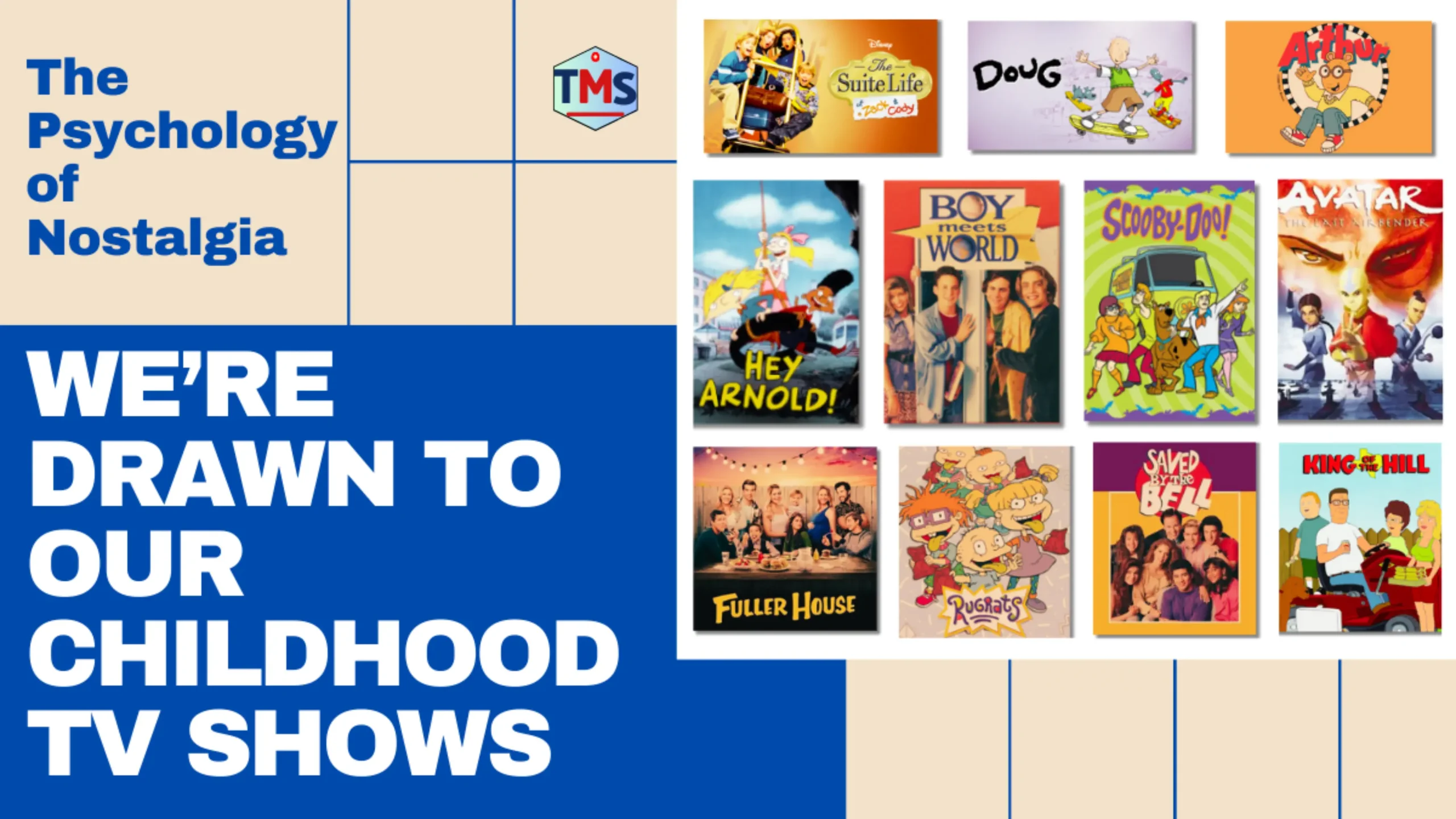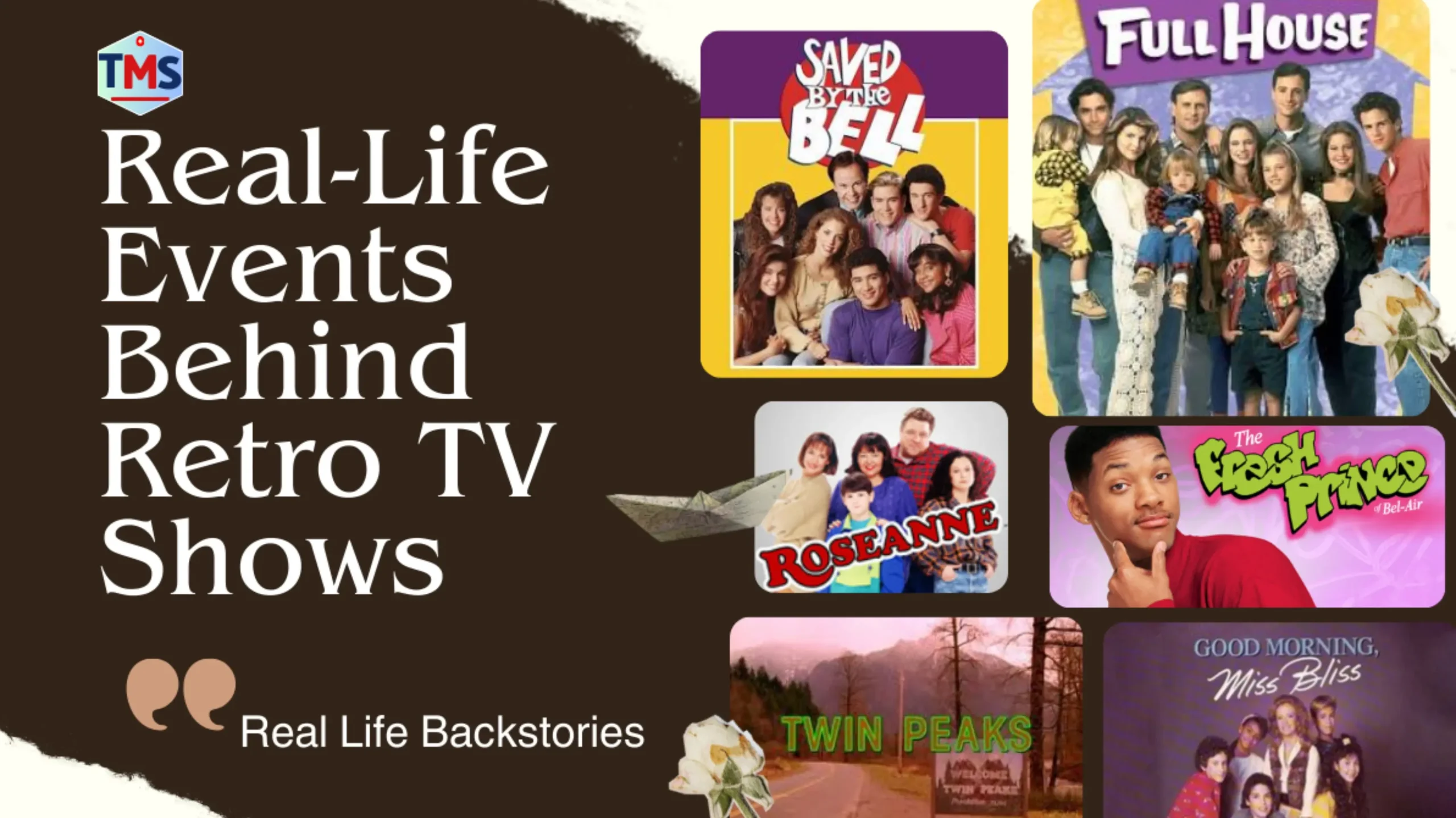Nostalgic TV experience
Intro
Television was once the centerpiece of American households—not as an endless buffet of content available at our fingertips, but as a scheduled event we planned our lives around. As someone who grew up in the pre-streaming era, I can’t help but wonder if something special has been lost in our transition to on-demand entertainment.
My Memories
Alright, let’s talk about growing up without streaming. You know, growing up in a time before streaming services feels like a distant memory now, but back then, it was just the way life was. If you’re like me and grew up in the 80’s or 90’s, you’ll know exactly what I’m talking about. TV wasn’t just something you could binge at your leisure. It was an event, a ritual, and honestly, that made it so much more special. Let’s take a trip down memory lane to a time when TV wasn’t just background noise—it was the heartbeat of our week.
Picture this: It’s a Friday night. You’re about twelve years old, and the week has felt like it lasted forever. You’ve been looking forward to this moment since Monday morning. The clock hits 8 PM, and you’re sprawled out on the living room carpet with a bowl of popcorn that’s slightly burnt because microwaves were still a little tricky back then. The TV—a big boxy thing with a wood finish—is tuned to your favorite channel. The show starts, and for the next 30 minutes or an hour, you’re transported.
Here’s the thing about those days: you didn’t have endless options. There was no Netflix algorithm recommending something new every time you finished a series. No skipping intros, no pausing to grab a snack. If you missed an episode of Family Matters or The X-Files, that was it. You had to wait for a rerun and hope you caught it. But somehow, that made every episode feel like a little treasure.
And then there were the seasonal specials. Remember when the TV guide would come in the mail, and you’d flip through it to find out when the Halloween or Christmas episodes were airing? It wasn’t just a show; it was a shared experience. You knew your friends were watching it at the same time, maybe even sitting in their living rooms with their own bowls of slightly burnt popcorn.
Saturday mornings were a whole different story. The ritual started early with cartoons. You’d wake up before the sun, grab a sugary cereal—Lucky Charms, if you were lucky—and settle in for Teenage Mutant Ninja Turtles or The Smurfs. Every kid on your block was doing the same thing. And when Monday came around, the playground wasn’t filled with kids discussing a hundred different shows. No, we all talked about the same ones because there weren’t a hundred options to choose from.
The lack of streaming also meant you had to plan around TV. If your favorite show was on at 7 PM, you’d better have your homework done by then. And remember those cliffhangers? They were brutal! The season finale of Dallas or Friends would leave you hanging for months. But that wait? It built anticipation. It made the resolution that much sweeter.
Looking back, I think that’s what made TV so special. It wasn’t just content you consumed; it was an event you experienced. It brought people together in a way that’s hard to replicate now. Families gathered around the TV to watch shows like The Cosby Show or Home Improvement. Even commercials were part of the deal—you’d memorize the jingles, talk about them at school, and sometimes even look forward to them.
Now don’t get me wrong, I love streaming. It’s convenient, and it’s great to have so much choice. But sometimes I miss those simpler times, when TV wasn’t just something you turned on in the background. It was something you looked forward to, something that felt like a shared experience. And you know what? I wouldn’t trade those memories for anything.
Growing up without streaming taught us patience. It taught us to cherish the little things. And most importantly, it gave us stories that still bring a smile to our faces today. So here’s to the days of scheduled programming, rabbit-ear antennas, and the pure joy of catching your favorite show right on time.
Looking back, I think that’s what made TV so special—no streaming meant no control, and no control meant you felt it more. The anticipation built up all week. The living room became a stage, the schedule was gospel, and missing out stung like a bee. Sure, we didn’t have a million options at our fingertips, but what we had, we savored. It wasn’t just TV—it was a shared heartbeat for me, my friends, and every kid pedaling their bike down Main Street. And you know what? I wouldn’t trade that for all the binge-watching in the world.
A Journey Back to TV’s Golden Rituals
Appointment Television: When Shows Shaped Our Schedules
Sunday nights at 8 PM in our household meant one thing and one thing only: The Simpsons. I vividly remember rushing through homework, negotiating an early dinner, and making sure chores were complete—all to ensure I was planted firmly in front of our living room TV when that iconic cloud sequence appeared. Missing an episode meant waiting months for a rerun or hearing secondhand accounts from luckier friends at school.
These weren’t just TV shows—they were weekly appointments that structured our lives. Monday mornings weren’t just the start of the school week; they were the time to dissect Saturday Night Live sketches or debate the latest X-Files conspiracy. We experienced television not as isolated viewers but as a synchronized national audience.
The Family Couch: Battleground and Bonding Space
I still remember my family crowding around our bulky Sony TV for new episodes of Full House. The pre-show ritual always included a heated negotiation over seating arrangements—”Move over, you’re hogging the good cushion!” and “I called the corner spot yesterday!”—but those minor battles gave way to collective laughter and the occasional tear during those 30 minutes together.
My dad would pretend to be reading the newspaper, only to lower it during the funny parts. Mom would fold laundry during commercials but never miss a beat of the show. My sister and I would exchange knowing glances whenever DJ faced a problem similar to something happening in our own teenage lives. These weren’t just shows; they were shared family experiences that happened in real-time.
The Water Cooler Effect: Television as Social Currency
The morning after the Friends finale aired in 2004, you couldn’t walk down a school hallway or enter a workplace without hearing heated debates about Ross and Rachel’s ultimate fate. Television wasn’t just entertainment—it was social currency. When 76 million people watched the “Who Shot J.R.?” episode of Dallas, it wasn’t just a TV show but a cultural phenomenon that crossed geographic, economic, and social boundaries.
Without the ability to binge entire seasons, each episode carried more weight. Plot twists in shows like Lost or The Sopranos sparked week-long theories and discussions. TV wasn’t something to consume and immediately forget—it was something to actively engage with, discuss, and anticipate.
The Beautiful Scarcity of Limited Options
On Saturday mornings, the cartoon lineup was sacred territory. From 7 AM to noon, networks served up an animated feast that required strategic viewing. With only a handful of channels, you couldn’t watch everything, so choices mattered. Do you watch Teenage Mutant Ninja Turtles or Muppet Babies? These decisions felt monumental at the time.
This scarcity extended beyond viewing choices to merchandise and discussion opportunities. Research from media psychologist Dr. Pamela Rutledge suggests that “the anticipation associated with waiting for entertainment content activates reward centers in the brain similar to other forms of delayed gratification.” In other words, having to wait made the eventual viewing more satisfying.
When Reruns Were Gold
Today’s streaming viewers might never understand the pure elation of discovering your favorite show was airing a rerun marathon on a rainy Saturday. I once faked a stomachache to stay home from a cousin’s birthday party because Nickelodeon was airing a day-long Scooby-Doo marathon. The rarity of catching these episodes made each viewing special—a stark contrast to today’s instant access.
A 2019 study in the Journal of Consumer Research found that “limited access to entertainment increases enjoyment through heightened engagement,” suggesting that our pre-streaming limitations might have actually enhanced our viewing experience. When you couldn’t simply queue up another episode, you paid more attention to the one in front of you.
Creativity Born from Limitation
Limited TV access meant finding other ways to engage with beloved characters. My neighborhood friends and I spent countless hours acting out elaborate Power Rangers scenarios in the backyard, complete with homemade cardboard “morphers” and arguments over who had to be the Pink Ranger that day.
These limitations fostered creativity and active engagement. We didn’t just watch shows; we extended them into our play, our art, and our imaginations. Professor Henry Jenkins of USC has extensively documented how limited media access historically created more participatory fan cultures, with viewers actively creating their own stories and games around favorite characters rather than passively consuming more content.
The Psychological Value of Shared Anticipation
The psychology of anticipation plays a significant role in why many of us look back fondly on pre-streaming television. Dr. Cristel Russell’s research on “anticipatory consumption” suggests that looking forward to media experiences often delivers more sustained happiness than the consumption itself. When millions of viewers simultaneously anticipated the next Seinfeld episode, they participated in a collective emotional experience rarely replicated in today’s fragmented viewing landscape.
This communal anticipation created what sociologist Robert Putnam might call “social capital”—the connections between individuals that strengthen communities. Weekly television schedules provided dependable rhythms that synchronized social experiences across households and generations.
What We’ve Gained and Lost
Don’t get me wrong—I appreciate streaming’s conveniences as much as anyone. The ability to discover diverse content, skip commercials, and watch according to my schedule has transformed how we experience television, often for the better.
Yet something intangible has been lost in the transition. In a 2021 Nielsen report, 66% of respondents over 35 reported missing the “event” nature of television, suggesting this nostalgia isn’t merely personal but generational. The shared cultural moments, the anticipation, and the specialized nature of TV viewing have diminished in our on-demand world.
Finding Balance in a Streaming World
Perhaps there’s a middle ground where we can embrace streaming’s convenience while recreating some of what made scheduled television special. Some families now implement “TV nights” with selected shows and no devices. Others participate in synchronized viewing parties for season premieres, creating artificial scarcity and shared experience.
The pre-streaming television experience wasn’t perfect—commercials were annoying, schedules could be inconvenient, and missing your favorite show felt like a minor tragedy. But these limitations created a different relationship with content, one based on anticipation, shared experience, and savoring rather than consuming.
As we navigate our content-rich world, perhaps we can learn from those bygone days when television wasn’t always available but was often more special because of it. The bulky TV sets and rigid schedules are gone, but the human desire for shared cultural moments and the sweet anticipation of something worth waiting for remains as relevant as ever.
Podcast with Leslie Poston, PhD

Frequently Asked Questions (FAQs)
When did TV streaming services begin to replace traditional scheduled television?
Streaming services began replacing traditional TV around 2007-2010, with Netflix launching its streaming platform in 2007, Hulu in 2008, and services like Amazon Prime Video gaining popularity in the early 2010s. The shift accelerated dramatically between 2013-2015 with the rise of original streaming content.
How did “sweeps week” affect television content?
Sweeps weeks were periods (typically February, May, and November) when Nielsen intensively measured viewership to set advertising rates. Networks scheduled their most dramatic episodes—featuring weddings, deaths, cliffhangers and celebrity guest stars—during these periods, creating predictable cycles of especially memorable television moments.
What psychological effects did waiting weekly for new episodes have on viewers?
Weekly episode releases created anticipation that psychologically enhanced enjoyment through delayed gratification. This waiting period allowed viewers time to discuss theories, process emotional storylines, and build community around shared viewing experiences. Research suggests this anticipation activated reward centers in the brain that continuous binging doesn’t necessarily replicate.
Did limited channel options affect the quality of TV shows?
Limited channel options meant networks competed intensely for mass audiences, investing heavily in broadly appealing shows. While this sometimes led to formulaic content, it also created meticulously crafted programs designed to attract and maintain large viewerships. Competition for finite primetime slots also meant shows needed to prove themselves quickly or face cancellation.
What were TV ratings and why were they important?
TV ratings measured how many people watched a show during its original broadcast. High ratings were crucial because they determined advertising rates and whether shows would be renewed. Unlike today’s streaming metrics, Nielsen ratings created a shared understanding of what was popular and influenced what shows remained on air.
How did families watch TV differently before streaming?
Before streaming, families often gathered in one room at specific times to watch shows together, creating shared viewing experiences. Households typically had one or two TVs, meaning family members needed to negotiate what to watch, leading to compromises and communal entertainment rather than individualized viewing on separate devices.
What were “appointment viewing” and “must-see TV”?
Appointment viewing was the practice of scheduling your activities around TV show air times to ensure you wouldn’t miss episodes. “Must-see TV” was NBC’s successful marketing slogan for their Thursday night lineup in the 1990s that featured hits like “Friends” and “Seinfeld,” creating a cultural expectation that viewers would prioritize watching these shows live.







